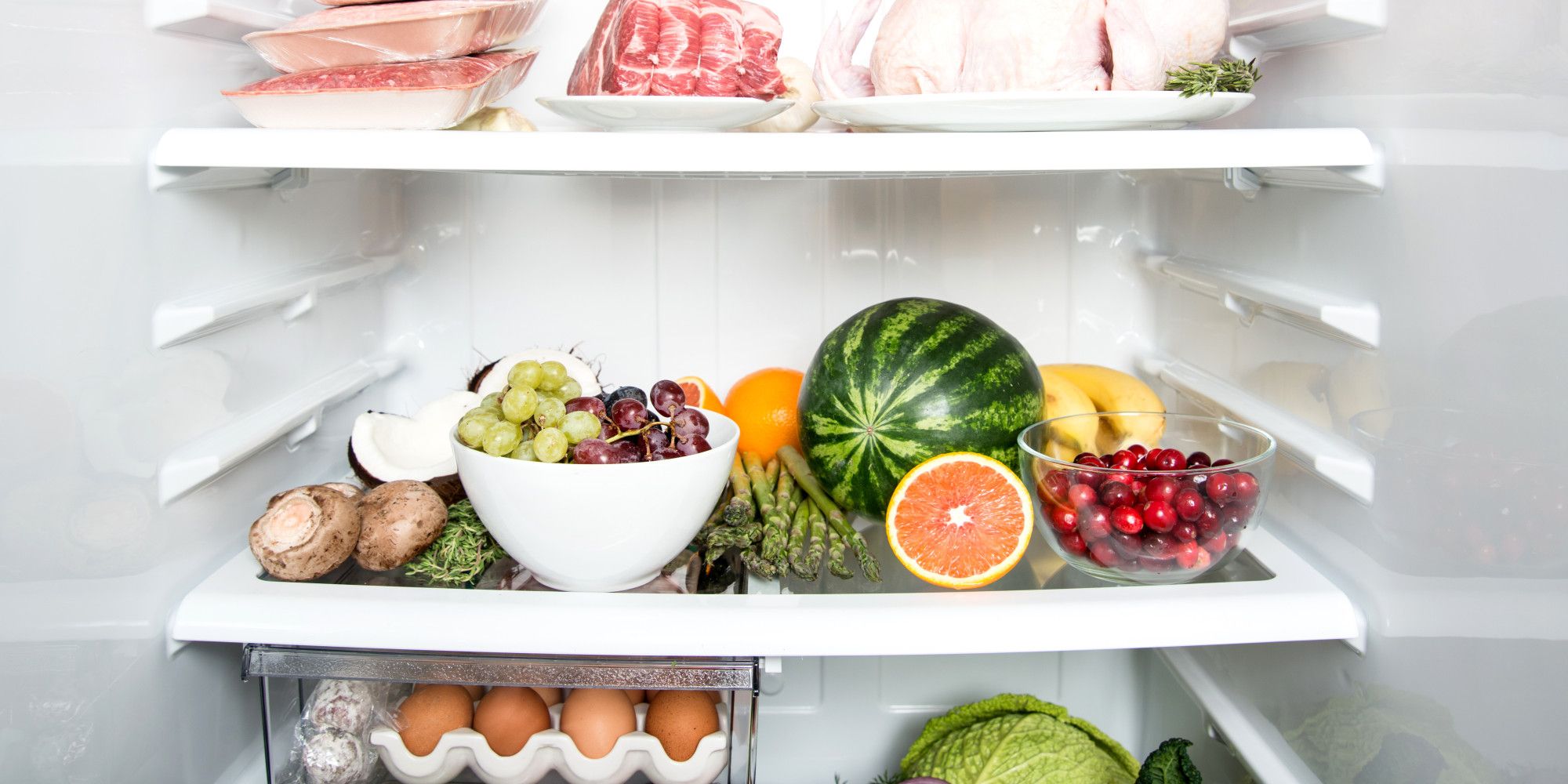25 Foods That You Should Never Freeze

Before I knew about this, all I knew is I was doing everything wrong! Just thought of sharing this with you. If you are freezing the following foodstuff, it’s the time you need to stop doing it for a healthy body. There are few foodstuffs which when stored in low temperature ruins the texture and the flavor of the foods.
While freezing is a convenient method for preserving many types of food, there are certain foods that may not freeze well due to changes in texture, flavor, or overall quality. Here are some foods you should avoid freezing or that may not freeze well:
25 Foods That You Should Never Freeze
1. Eggs in Shells
Freezing whole eggs in their shells can cause them to expand and potentially crack. Additionally, the texture of thawed eggs may become rubbery.
2. Fresh Fruits and Vegetables with High Water Content
Fruits and vegetables like cucumbers, lettuce, tomatoes, watermelon, and citrus fruits can become mushy or lose their crisp texture when frozen. However, they can still be frozen for use in smoothies or cooked dishes.
3. Dairy Products with High Water Content
Dairy products such as yogurt, sour cream, and cream cheese may separate and become watery when frozen. However, they can be used in cooked dishes after thawing.
4. Fried Foods
Fried foods like French fries, crispy chicken, and battered fish tend to lose their crispiness and become soggy when frozen and thawed.
5. Cream-based sauces and Soups
Cream-based sauces and soups may separate and become grainy when frozen. It’s best to freeze the base without the cream and add it when reheating.
6. Raw Potatoes
Raw potatoes have a high water content and can become grainy and mushy when frozen. However, blanched or cooked potatoes can be frozen successfully.
7. Mayonnaise and Salad Dressings
Mayonnaise-based salads and creamy salad dressings can separate and become watery when frozen. It’s best to add these ingredients fresh before serving.
8. High-Moisture Cheeses
Cheeses with high moisture content, such as cottage cheese, ricotta cheese, and cream cheese, may become grainy or crumbly when frozen. Hard cheeses like cheddar, Swiss, and Parmesan can be frozen successfully.
9. Whole Citrus Fruits
Whole citrus fruits like oranges, lemons, and limes can become mushy and lose their texture when frozen. However, their juice can be frozen for later use.
10. Gelatin-Based Desserts
Gelatin-based desserts like Jell-O may lose their texture and become watery when frozen and thawed.
11. Raw Seafood
Some types of raw seafood, particularly those with delicate textures, may become mushy or lose their flavor when frozen and thawed.
12. Foods in Cans or Glass Jars
Freezing foods in cans or glass jars can cause the containers to crack or break as the contents expand. It’s best to transfer these foods to freezer-safe containers before freezing.
13. Cooked Pasta and Noodles
Cooked pasta and noodles may become mushy and lose their texture when frozen. It’s best to cook them fresh when needed.
14. Fresh Herbs
Fresh herbs like basil, parsley, and cilantro can turn black and lose their flavor when frozen. Instead, consider drying them or using them fresh.
15. Fried Eggs
Fried eggs can become rubbery and lose their texture when frozen. It’s best to cook eggs fresh or consider other methods of preservation such as pickling or canning.
16. Raw Vegetables with High Water Content
Raw vegetables like celery, radishes, and bell peppers may become limp and lose their crunch when frozen. However, they can still be used in cooked dishes like soups and stews.
17. Foods with Creamy Fillings
Foods with creamy fillings such as pies, pastries, and cakes may become soggy or separate when frozen and thawed.
18. Foods with High-Fat Content
Foods with high-fat content like mayonnaise-based salads, gravies, and sauces may separate and become greasy when frozen.
19. Fruits with Tough Skins
Fruits with tough skins like bananas and avocados can become mushy and discolored when frozen. However, they can be frozen if peeled and pureed.
20. Bread and Baked Goods
Bread and baked goods may become dry and lose their freshness when frozen for extended periods. It’s best to store them at room temperature or in the refrigerator.
21. Cooked Rice
Cooked rice can become dry and lose its texture when frozen. However, it can be frozen if properly stored and reheated with moisture added.
22. Salad Greens
Salad greens like spinach, arugula, and kale may become wilted and soggy when frozen. It’s best to enjoy them fresh or lightly cooked.
23. Custard and Pudding
Custard and pudding may separate and become watery when frozen and thawed. It’s best to enjoy them fresh or store them in the refrigerator for short periods.
24. Foods with High Water Content
Foods with high water content, such as melons, cucumbers, and grapes, can become mushy and lose their texture when frozen. It’s best to enjoy them fresh or use them in recipes that require freezing, such as smoothies.
25. Foods with Delicate Textures
Foods with delicate textures, such as meringues, whipped cream, and delicate pastries, may lose their structure and become soggy when frozen.
While some of these foods may not freeze well on their own, they can often be incorporated into recipes and dishes that can be successfully frozen and reheated. It’s essential to consider the texture, flavor, and overall quality of the food when determining whether it is suitable for freezing.



